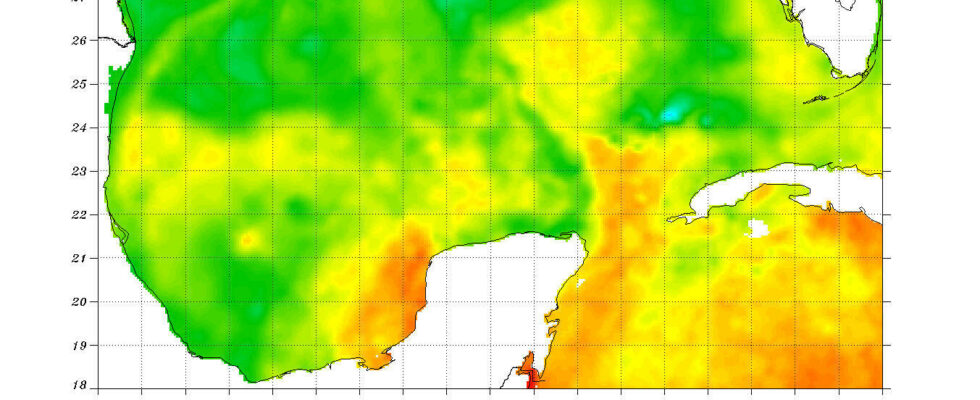Just two weeks after Hurricane Helene, a new hurricane, Milton, is expected to hit the coast of Florida during the night of Wednesday October 9 to Thursday October 10. Local authorities have launched a massive evacuation campaign for a storm that promises to be the most violent since ” at least a century », According to US President Joe Biden. The scale of this natural phenomenon is explained in particular by high global temperatures, caused by human activities.
2 mins
Between Sunday October 6 and Monday October 7, Milton went from tropical storm to major category 5 hurricane in less than 48 hours. The speed of its winds then increased significantly: from 120 km/h, it now reaches 280 km/h. This is a phenomenon of rapid intensification, unprecedented at this rate in the Atlantic Ocean, according to NASA.
Milton indeed found in the Gulf of Mexico all the fuel necessary for its expansion. Surface waters have been abnormally warm for several months and are currently exceeding a temperature of 30°C – 2 degrees higher than the 1982-2010 average -. This warm water allows hurricanes to intensify, increasing their strength. Likewise, this heat promotes evaporation and therefore the humidity available for the storm. The conditions were then ripe to make Milton the meteorological monster described by the American authorities.
These conditions are favored by human emissions of greenhouse gases due to the use of fossil fuels. The IPCC indeed showed in its 2021 reportin the chapters dedicated to the water cycle (8) and extreme events (11), that these episodes were affected by the accumulation of heat in the climate. Scientists explain that an increase in global temperature of one degree leads to a 7% increase in humidity in the atmosphere. This fuels moisture transport and boosts extreme precipitation.
The extremely rapid intensification of Milton has another consequence: its violent winds go hand in hand with very low pressures, particularly marked in this case. This parameter is carefully monitored by the American authorities because it is directly linked to the risk of submersion when the hurricane hits the coast. Indeed, if the air applies less pressure on the sea below, the latter rises mechanically. In the case of Milton, water levels are expected to rise by about a meter on the west coast of Florida in the Tampa area and locally to a catastrophic level of 3 meters.
Also readUnited States: as Hurricane Milton approaches, FEMA, emergency management agency, in turmoil
